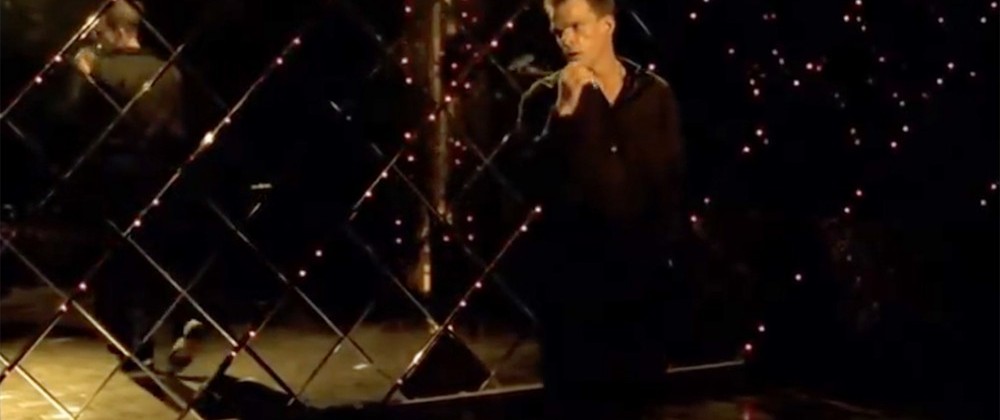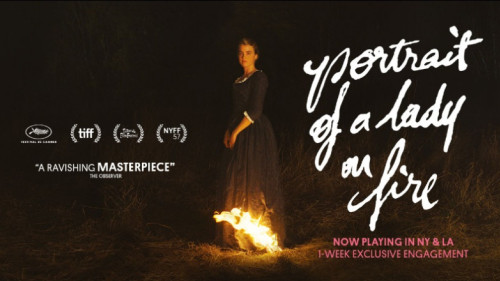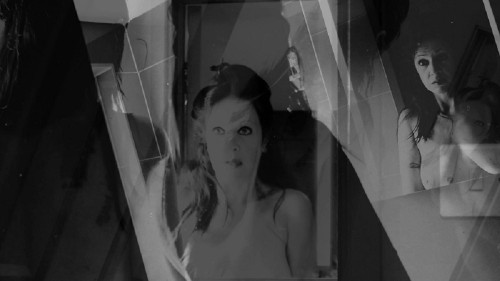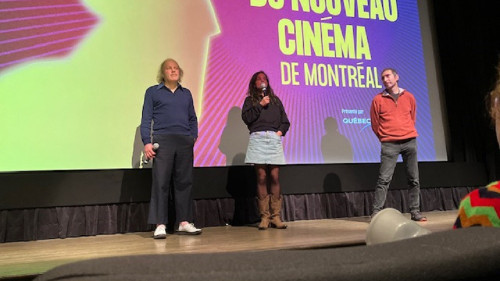Volume 22, Issue 4 / April 2018
The Audio Visual Essay
In this issue
-
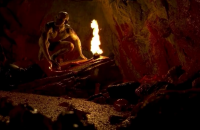
Through Her Eyes: Visuality and the Gaze in The Descent
Audio-Visual Essay
-
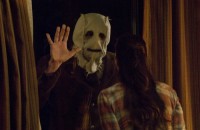
The Face at the Window: A Glimpse into an Iconic Image
Audio-Visual Essay
-
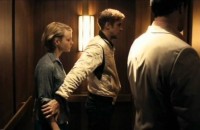
Drove: Film Criticism and Aesthetics in Drive
Audio-Visual Essay
-

Film Soundtracks: Pop Songs in Films
Audio-Visual Essay
-
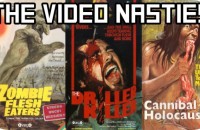
The Censoring of Sexual Counter-discourses in Recent British Digital Media Landscapes
Audio-Visual Essay
For this issue Offscreen joins the growing body of videographic film criticism offering a unique space for critical thought about cinema. For many years now I have been intrigued as both a film studies teacher, film critic and film journal editor, by the development of this new form of film criticism, the audio-visual essay. The audio-visual essay has slowly developing into a viable alternative or companion to the conventional written essay form, and has been championed and practiced by pioneering critics and scholars such as Catherine Grant, Kevin B. Lee, Adrian Martin, Christian Keathley, Cristina Álvarez López, and others. What makes the audio-visual essays particularly interesting from a pedagogical standpoint is that its form can be used not only for critical or theoretical work, but as an expressive component on its own, opening up to alternative forms of hybrid criticism, such as a more poetic mode alongside an analytical mode. The first adopters of the audio-visual essay have been internet savvy film critics, writers and teachers.The field already has its first book covering the subject, The Videographic Essay: Criticism in Sound and Image. Ed. Christian Keathley & Jason Mittell, 2016, which was the culmination of a workshop on videographic criticism entitled ‘Scholarship in Sound and Image,’ which was hosted at Middlebury College, Vermont in June 2015. From the vantage point of Offscreen, there are many websites that publish the audio-visual essay exclusively (The Audiovisual Essay, Audiovisualcy, intransition) and my aim with this all-video essay issue is to open the door to this exciting form of critical thought and hope to incorporate the audio-visual essay as a regular feature going forward. We clearly have a long way to go but this issue represents a willing start. Four of the visual essays in this issue had their origin in some of my graduate film courses from the past few years. Ryan Barnett kicks off the issue with a close reading of Laura Mulvey’s seminal essay on the male gaze but gives it a twist by cleverly applying it to the all-female cast horror film The Descent. This is followed by my own long gestating video essay which gives meaning to an image which seems to have cemented itself in the visual lexicon of the horror film (or at least in my brain!), a face at a window. Why is this such an iconic image across the horror genre? The third audio-visual essay is a collaborative piece directed by Abel Alegria that takes a lighter “meta” approach to the audio-visual form by using Nicolas Winding Refn’s popular film Drive to examine contemporary attitudes to film criticism. Drove features four “actors” who reflect on Drive from their own critical perspective: the learned critic, the acerbic critic, the cinephile and the working-class ‘regular Joe’. In Anthony Guadagnano’s audio-visual essay on pop music in film, Drive is also heavily featured to demonstrate how pop music can become so entrenched in our minds with specific movie moments. Concluding the issue is Justine McLellan’s intentionally dry look at the British Board of Film Censors treatment of depictions of non-normative sex and sexuality, in “The Censoring of Sexual Counter-discourses in Recent British Digital Media Landscapes”. Two very important special thank you’s are in order for helping to make this issue possible. A big thanks goes to Abel Alegria for his contributions to the technical side of things, along with his technical guidance, and support and training in editing software, all of which made this issue possible. And an equally big thank you to CUPFA (the Concordia University Part-Time Faculty Association) for the financial support they afforded me through their Professional Development Fund that helped bring this issue to fruition (and a special shout out to Lorraine Oades, VP of Professional Development for her ongoing support). (Donato Totaro, ed.)

